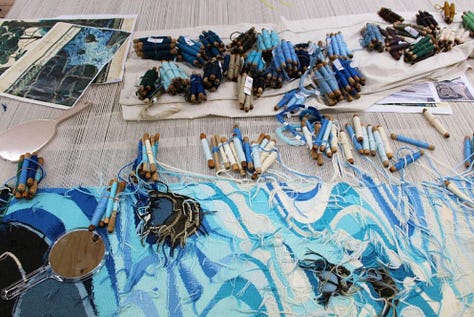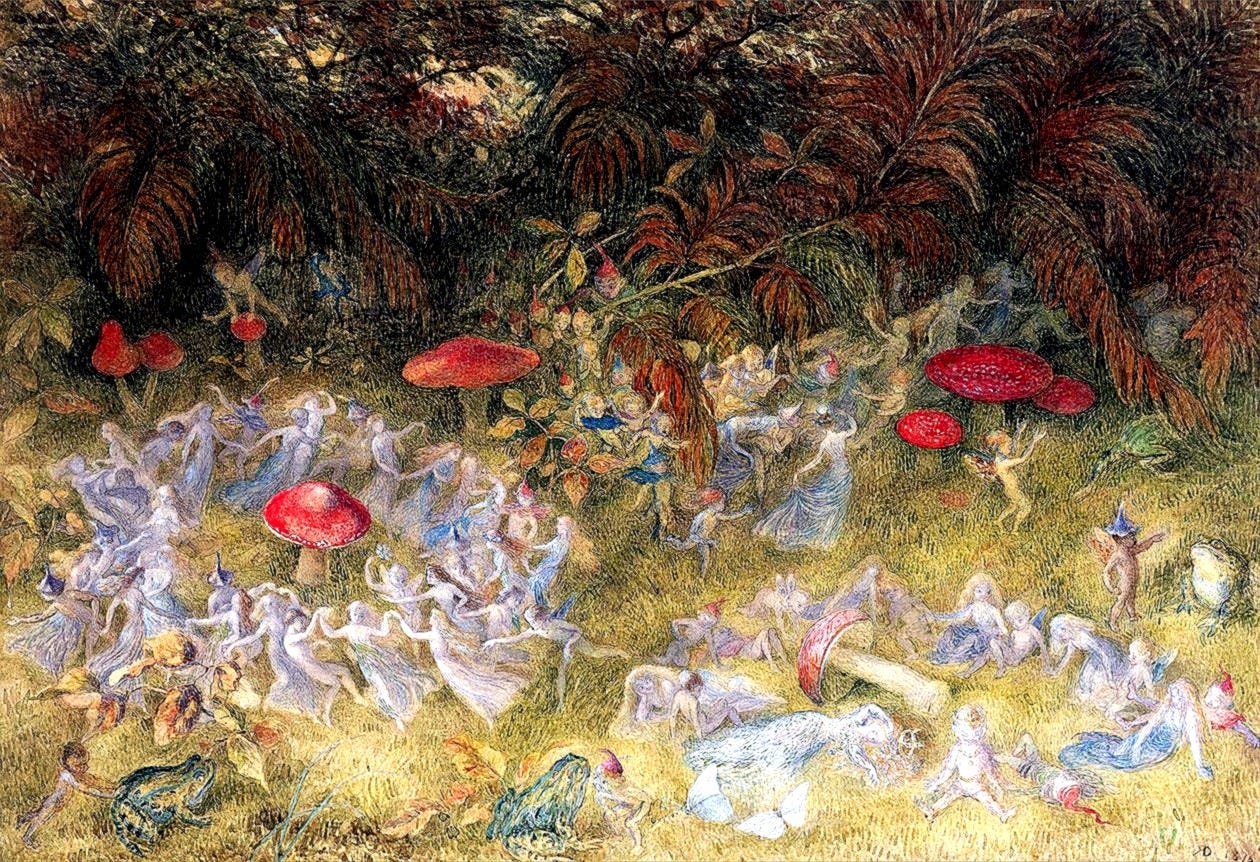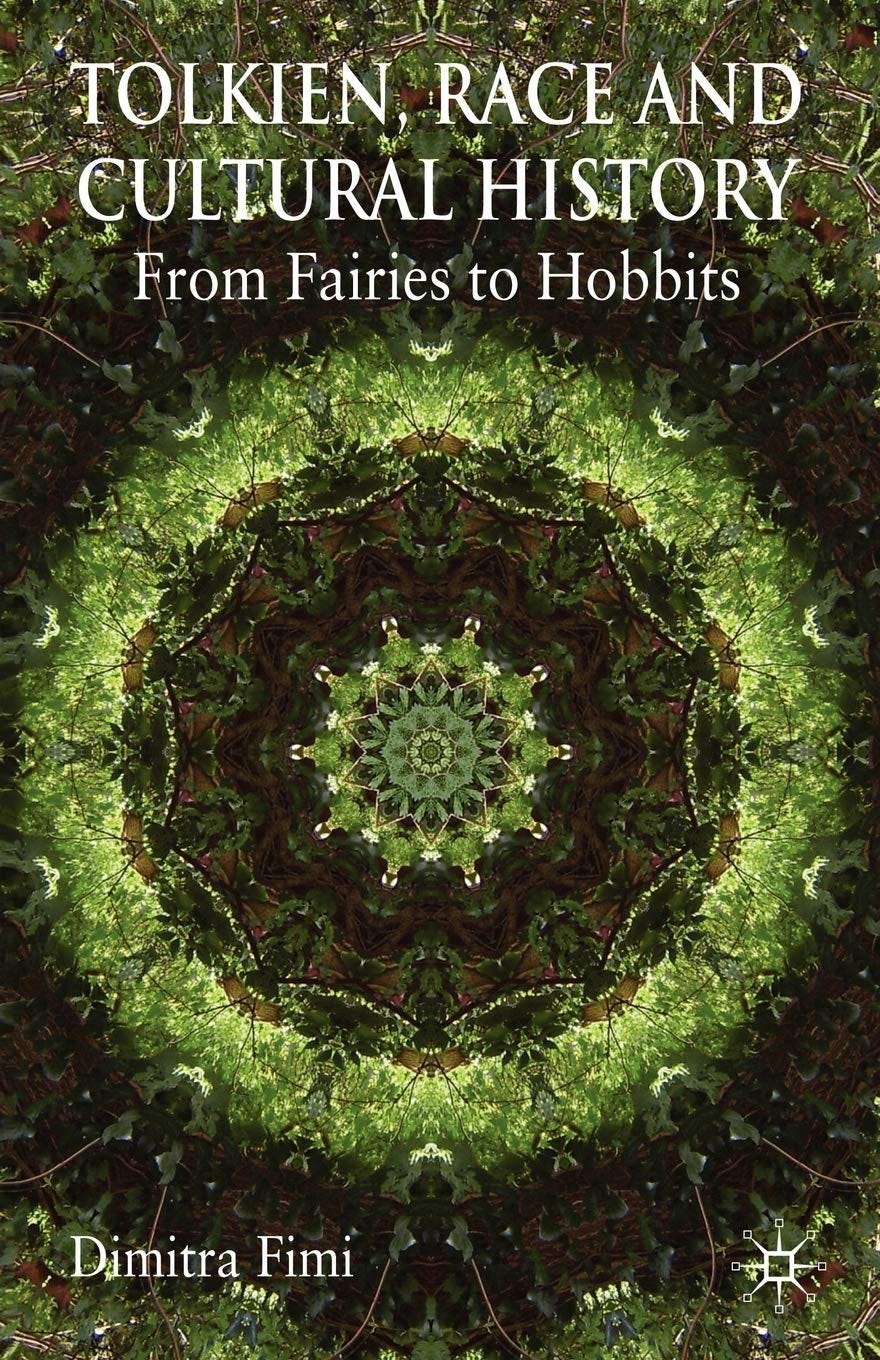I’ve been dipping in and out of the recent 3-volume Collected Poems of J. R. R. Tolkien, edited by Christina Scull and Wayne G. Hammond (HarperCollins, 2004). Though I am glad to have many of Tolkien’s poems in one place (this is not a complete collection of all poems by Tolkien), I should be completely honest and say upfront that I am finding the edition difficult to navigate, due to the excessive amount of commentary and the editors’ choice to focus so much on giving multiple versions of each poem, even if the differences between them are very minor indeed. In short, I agree with much of John R. Holmes’ very insightful review - the collection could have been much more user-friendly and accessible, focusing on Tolkien’s words rather than the forensic reconstruction of his process.
Still, I am particularly pleased to now have access to hitherto unpublished poems by Tolkien (scholars sometimes knew their titles, but nothing more) or full texts of only partially published ones. It’s an example of the latter that I am focusing on here: Tolkien’s earliest “fairy” poem, written in 1910 (when Tolkien was 18 years old), titled “Wood-Sunshine”.
In my 2008 book, Tolkien, Race and Cultural History: From Fairies to Hobbits, I quoted the poem as given by Humphrey Carpenter in his official biography of Tolkien:
Come sing ye light fairy things tripping so gay,
Like visions, like glinting reflections of joy
All fashion’d of radiance, careless of grief,
O’er this green and brown carpet; nor hasten away.
O! come to me! dance for me! Sprites of the wood,
O! come to me! Sing to me once ere ye fade!
(cited in J.R.R. Tolkien: A Biography)
Back then, I was also cautious to point out that:
Carpenter’s Biography is the only source available for this poem and apart from calling it “a descriptive piece about a forest scene” he gives no further information. It would be interesting to know how long the poem is and how central the fairy creatures are in terms of imagery and subject matter. Since the poem is unpublished, these questions cannot be answered; consequently its role in Tolkien’s imagination of the time can be easily over- or underestimated.
Well, now we know that Carpenter omitted 8 lines! The full poem (version A) given in the new collection is as follows (I’ve highlighted in bold the newly published lines):
Come sing ye light fairy things tripping so gay,
Like visions like glinting reflections of joy
All fashion’d of radiance careless of grief,
O’er this green and brown carpet; nor hasten away
Neath the gold and green arras of sun-broider’d leaf.
And ye that do work in the forest’s employ
For the weaving of leafage and framing of bough
Or in cleansing the morn from the soiling of night
And that labouring rustle down dell and o’er howe
Till when ye with eventide’s reddening light
Faint-whispering pensive by rivulet brood
And drooping in slumber do dream in some glade,
O! come to me! Dance for me! Sprites of the wood,
O! Come to me! Sing to me once ere ye fade!
So, here’s what we knew already from the lines published in Carpenter:
The poem portrays fairy creatures as happy and gay, singing and dancing, whilst simultaneously being somewhat transparent, made of light (they’re like “visions”, like “glinting reflections”, and “fashion’d of radiance”) - these are the characteristics that made me choose Richard “Dickie” Doyle’s Fairy Rings and Toadstools as a good image for this piece.
Despite their gayness and joy, these creatures are also linked with an unspoken sorrow: they seem to be transitory, bound to “fade” (there’s a long folkloric and literary tradition of the departure of the fairies, of course).
It is interesting that Tolkien hesitates to name them: he calls them “fairy things” or “sprites of the wood”, as if he’s not quite sure what term to use. The same hesitation is obvious in many of his early “fairy” poems, in which he uses a wide range of folkloric, popular, or literary terms, often interchangeably. Tolkien’s Elves did not become the “high” beings we know from his later works, and the term “Elves” did not become a standard name for them, until much later. Even in the earliest version of his mythology, “The Book of Lost Tales”, Tolkien uses “fairy” and “elf” (and other terms) interchangeably, and the fairy creatures that are the protagonists of his nascent imaginary world can be read as small, carefree, evanescent (lots more on all of this in my book).
And here’s what new things we find out from the 8 lines restored to the poem only recently:
The missing lines actually give us a clearer sense of the role Tolkien assigns to these fairy beings. They seem to be “in the forest’s employ”, they literally work to look after the forest, to create the wonders of nature in a sylvan environment. They “weave leafage” and they “frame” the boughs of trees. In another variation of the poem, instead of framing boughs they busy themselves “building boles”. So they literally are the elemental forces of nature, creating tree trunks, branches, leaves. They also “cleanse the morn from the soiling of night”: they bring about the light of day, it seems to me.
In these functions, they resemble concepts Tolkien expressed much later, in his essay “On Fairy-stories”, in which he comments on the “real” elves and fairies in the created Primary World (not just in folklore):
For lack of a better word they may be called spirits, daemons: inherent powers of the created world, deriving more directly and ‘earlier’ (in terrestrial history) from the creating will of God […] They are in fact non-incarnate minds (or souls) […] Thus a tree-fairy (or a dryad) is, or was, a minor spirit in the process of creation who aided as ‘agent’ in the making effective of the divine Tree-idea or some part of it, or of even of some one particular example: some tree. (Tolkien On Fairy-Stories, pp. 254-55)
This idea of spiritual beings associated with nature also appear in the earliest version of Tolkien’s mythology, “The Book of Lost Tales”. Such creatures are distinct from what later became the Elves of Middle-earth. They are called “spirits”, “sprites” or “fays”, and sometime they are given names from classical mythology (e.g., dryads) or British folklore (e.g., pixies). They are linked with particular landscapes: trees, woods, rivers, springs and mountains. They also appear in Tolkien’s earliest imaginary languages (Qenya and Goldogron/Gnomish1), and in my book I have linked those with the flower-fairies of Victorian and Edwardian painting and illustration too. They are also very close to what Victorian Spiritualists and Theosophists called the “elementals”, spirits of nature associated with earth, water, air, or fire, first described in detail by the late medieval writer Paracelsus. I think the “fairy things” in “Wood-Sunshine” are very much such “elemental” beings, concerned with looking after the natural world.
Such “elemental” sprites endured in Tolkien’s mythology, as we know it from the posthumously published Silmarillion. They evolved into the Maiar, the “lesser spirits” of the same order as the Valar, who aided the Valar in the shaping of the world. In one of his letters Tolkien explained further how the Maiar were involved in the creation of Arda (of which Middle-earth is only a part): while the Valar were responsible for the whole creation, the Maiar were interested “only in some subsidiary matter (such as trees or birds)” (Letter #200, The Letters of J.R.R. Tolkien).
One could justifiably ask, of course, how Tolkien could reconcile his devout Catholic faith with a belief in “fairy things” in the real world, or with writing about such beings in his creative work. I have examined this very question in my book, and in my paper for Oxonmoot 2021, in which I examine how some Christian worldviews could happily accommodate such creatures as part of God’s creation, including in works by key Catholic thinkers of Tolkien’s time such as Cardinal Newman. (Paracelsus himself was a Christian too).
It’s great, therefore, to have further evidence of Tolkien’s ideas about “elemental” fairy beings in his early poetry, and to continue to trace his evolving creative thinking on this matter.
“Arras”, leaves, and weaving
Before I close this short piece, I also wanted to draw attention to Tolkien’s diction in the poem, which seems to me deliberately archaic. The editors of the Collected Poems don’t comment on this, but I was really struck by one word in the newly published lines of “Wood-Sunshine”: the word “arras”. The Oxford English Dictionary defines “arras” as “a rich tapestry fabric, in which figures and scenes are woven in colours”. Tolkien’s line imagines his “fairy things” “neath the gold and green arras of sun-broider’d leaf”. He uses the metaphor of an embroidered tapestry to describe the intricate patterns of green and gold on a single leaf, clearly the handiwork of these “fairy” beings, who - we are led to imagine - use their artistry and craft to design every single leaf, and every other part of every tree.
This imagery cannot help but bring to my mind not just Tolkien’s short story “Leaf by Niggle”, in which the artistic focus on a single leaf is contrasted with the “bigger picture” of an artist’s life’s work and vision (and in which the one leaf still maintains its importance), but also the “Aubusson weaves Tolkien” project, a beautiful series of thirteen tapestries and a carpet woven from Tolkien’s original drawings, literally creating an “arras”, a tapestry of his visual imagination.



These evolved in time and eventually became the two Elvish languages we know from The Lord of the Rings: Quenya and Sindarin.






